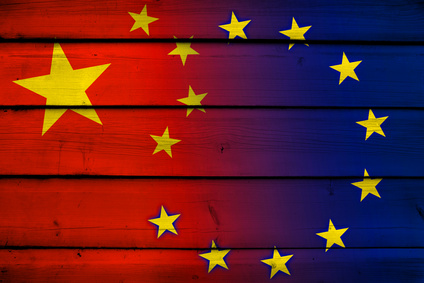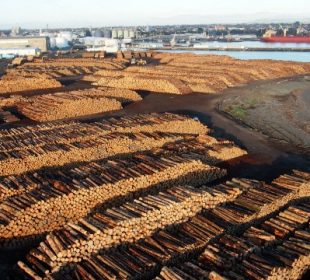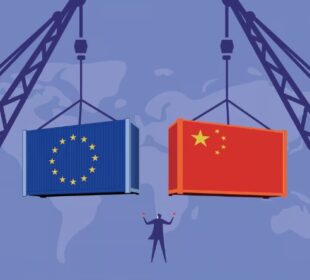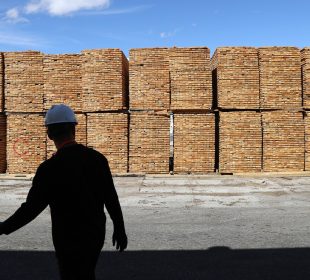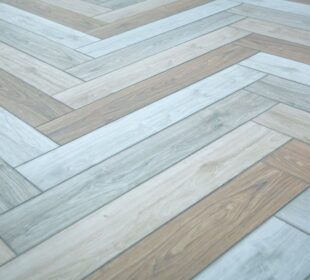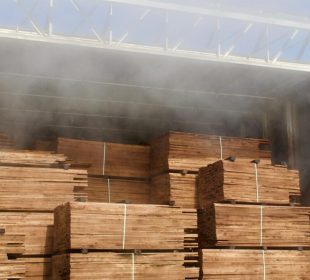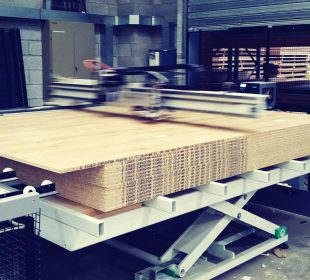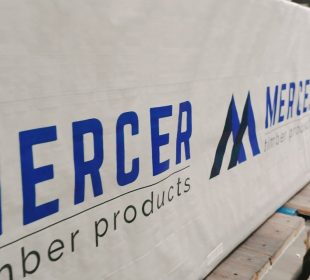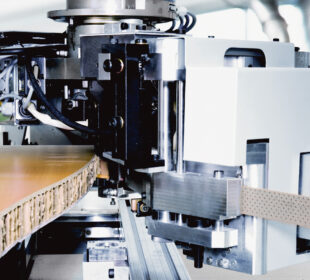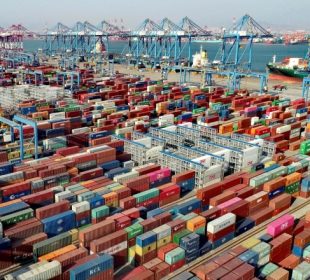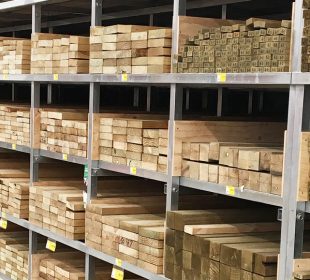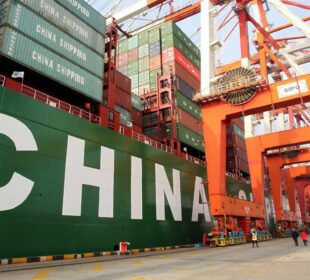Imports of wood flooring from China, by far the EU’s largest single external supplier of this commodity, suffered a set-back in the EU market in 2015 falling 7.4% to 17.3 million m2, the lowest level since 2005.
The downward trend has continued this year, with a further 9% fall to 7.9 million m2 in the first 6 months of 2016. (see chart).
To some extent the decline in EU imports of wood flooring from China in 2016 has been offset by rising imports from other countries. However, all the gains made in the EU market in 2016 have been by temperate countries and no tropical country has benefited from China’s loss of market share.
In the first half of 2016, EU imports of wood flooring were significantly higher than the same period in 2015 from Ukraine (+50% to 1.98 million m2), Switzerland (+40% to 0.69 million m2), and Bosnia (+26% to 0.58 million m2).
Imports declined from Indonesia (-8% to 0.69 million m2), Malaysia (-19% to 0.52 million m2), Brazil (-13% to 0.32 million m2) and Vietnam (-33% to 0.18 million m2). (Chart 6).
The destination for wood flooring imports into the EU is also changing in 2016. Imports into the UK, the largest destination for Chinese flooring products, declined 9% to 2.7 million m2 in the first six months of 2016.
Wood flooring imports have also weakened into the Netherlands, Sweden and France this year. However there has been a sharp increase in imports into Poland, the main destination for Ukrainian flooring products (Chart 7).
Wood flooring faces stiff competition in the European market from laminates and non-wood materials.
According to FEP “it is becoming increasingly difficult for consumers to differentiate parquet from competitive flooring alternatives with a wood look surface.” Members of the European Producers of Laminate Flooring (EPLF) association sold 452 million sq.m of laminate flooring in 2015, around 333 million sq.m of which was in Europe, over four times the volume of wood-faced flooring consumed in the region.
Competition from non-wood materials is also intense and varies between countries. For example, the challenge comes particularly from luxury vinyl tiles (LVT) in Germany and from ceramic tiles in Italy.

